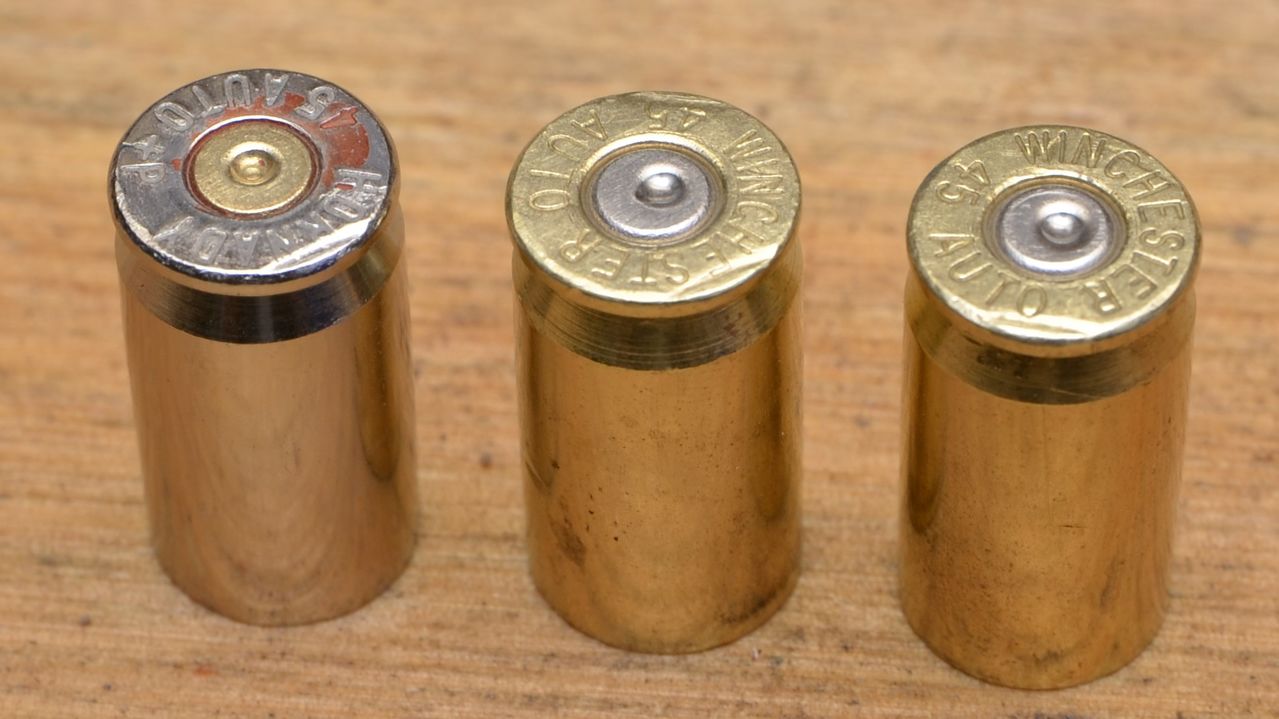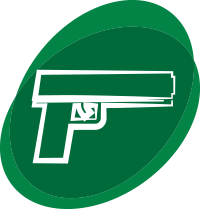This CSAFE Center Wide Webinar was presented by Xiao Hui Tai from Carnegie Mellon University on January 31, 2018.
Description:
We will describe work that we have done on an automated method to compare breechface marks on 2D images of cartridge cases, and how this transfers to 3D topographies. We will discuss various studies and compare the results for 2D and 3D data. In the future, such algorithms may be used by examiners for blind verification or for quantifying the weight of evidence.


